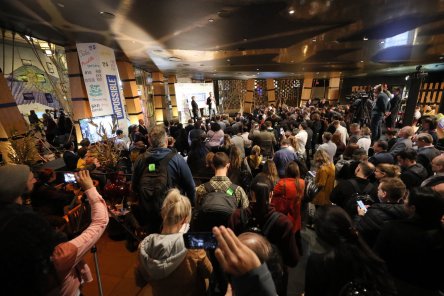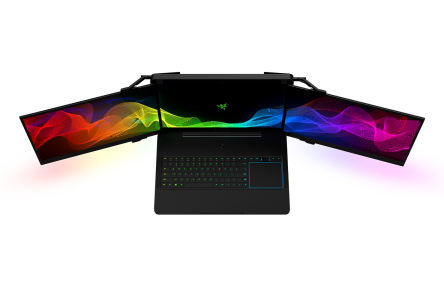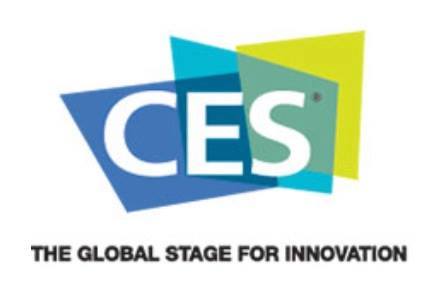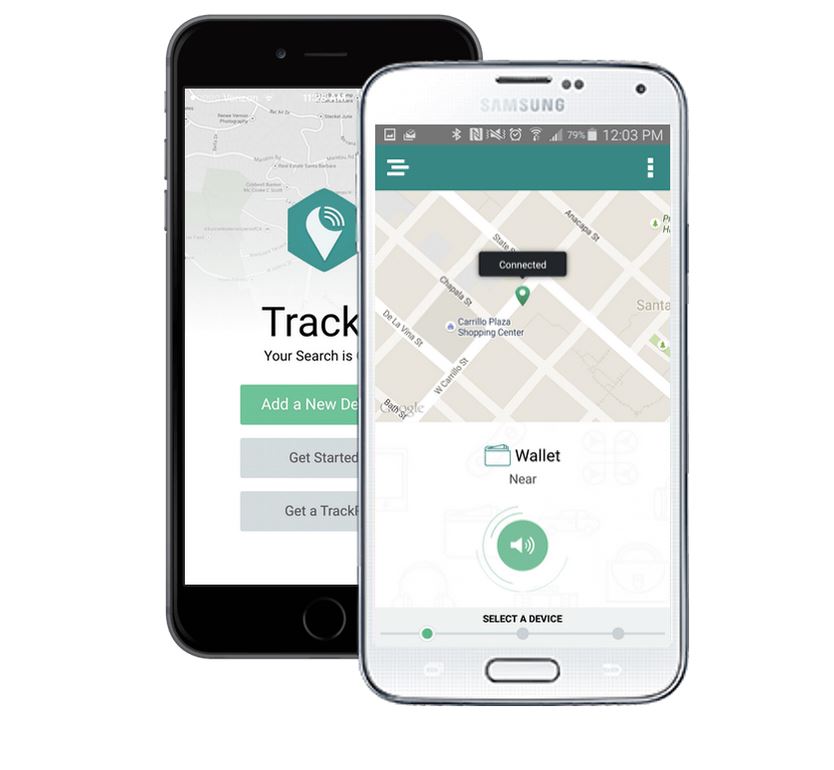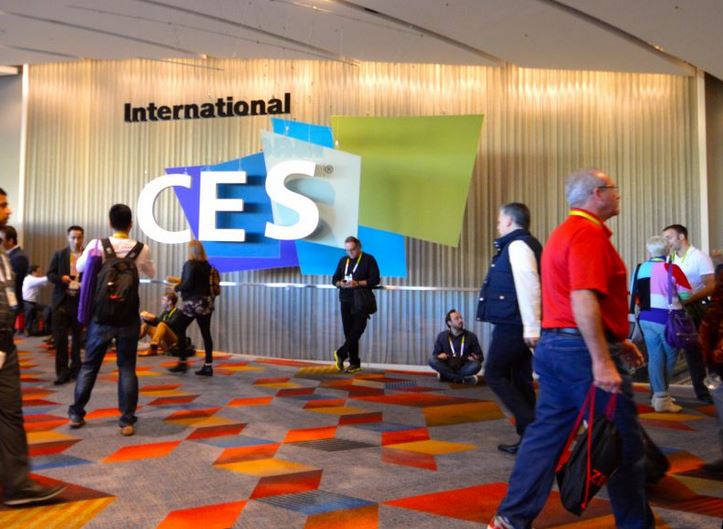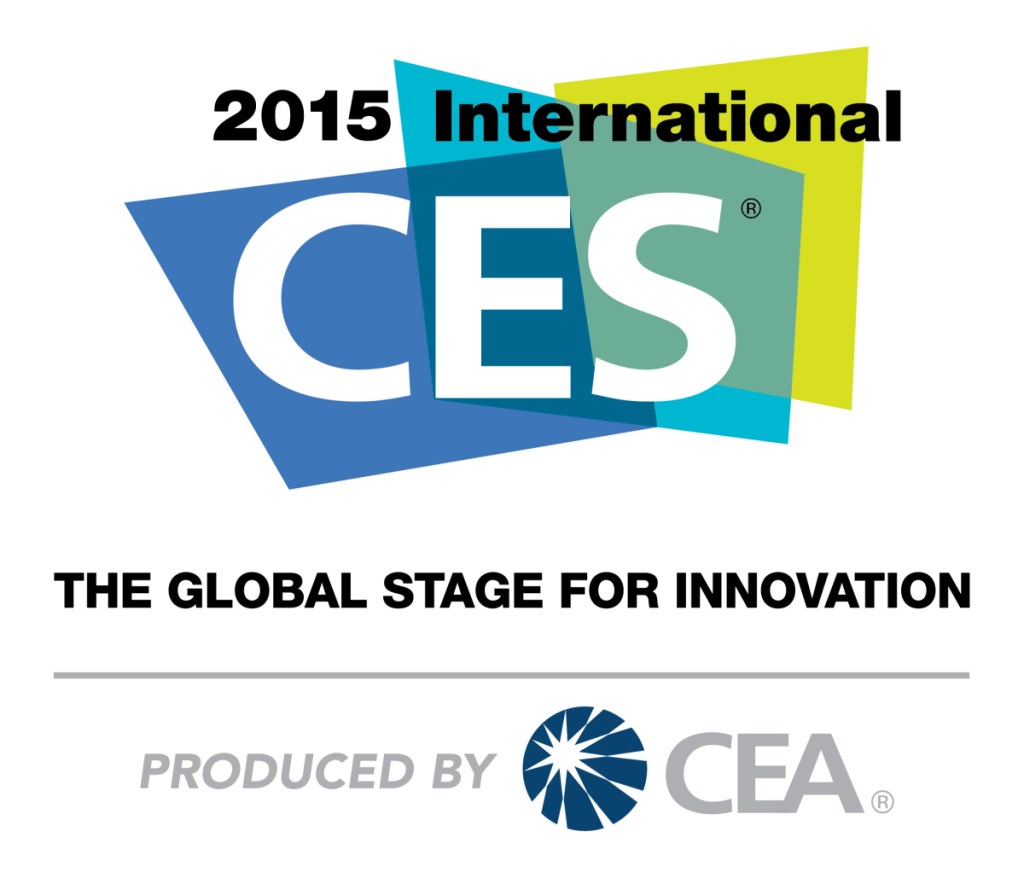Significant changes in technology are coming. At the 2023 Consumer Electronic Show (CES) in Las Vegas, recognized for underscoring the latest technology, Steve Koenig, Consumer Technology Association vice president of market research, highlights the newest tech-savvy trends. “Cybersecurity, cloud, artificial intelligence, and robotics are all part of it and underpins the effort and the global economy,” Koenig said. This includes speed and increased productivity benefits, improving worker safety, and optimizing space. He continues, “The metaverse is closer than you think. Metaverse is still a speculative term but make no mistake, this is a real trend, just as the internet was a real trend in the early 1990s, even though many of us didn’t know what it was. That’s the same dynamic manifesting around the metaverse right now.” Advertisements and how consumers shop look different today compared to 20 years ago. Using the metaverse and online shopping, consumers can push a shopping cart in “an elevated sense of immersion,” said Koenig. In addition, virtual meetings with sales associates when purchasing a new computer or shoes will be more common, allowing the sales representative to show the features in detail. Many are turning to electric cars with technological advancements and more autonomous transportation advancements. With a decline in truck drivers, soon the answer will be self-driving trucks, predicts Koenig. “Humans are nice to have. Technology is the answer.” Robots are becoming more advanced, especially in sustainability. For example, farmers are now using more windmills, farming robots, soil sensors, and intelligent silos. In addition, John Deere won the 2023 Best of Innovation at the CES show for a fully autonomous tractor. Regarding the gaming world, data shows that there are over 164 million self-described gamers in the US market, according to research from the CES show. However,...
Senior Tech at CES
Cutting-Edge Caregiving
Early January is a special time of the year for the technology-inclined. Tens of thousands flock to Las Vegas for four days to feast their eyes on the latest inventions and innovations at CES. There were over 4,500 exhibitors clamoring for attention this year. But hidden among them were a surprisingly large number of vendors who’ve turned their attention to one of the biggest changes of the coming decade – our aging population. The vast majority of seniors prefer to age in place, staying in their homes as long as possible. But just as many underestimate how much support they will need as they grow older. Currently, only one-third believe they will eventually need long-term care services, but the actual rate is near 70%. To add another misconception to the pile, many seniors believe that Medicare will cover them in these cases. But Medicare, as it exists now, provides for skilled medical care — think hospital stays and rehab. Though there have been some motions in the Medicare Advantage space to accommodate long-term services and supports, many of tomorrow’s seniors are likely to be underprepared for the costs of growing older. Which is why we’re thrilled that more and more technology developers are focusing on senior living and creating unique ways to help. Here are five of our favorites from CES 2020 for upcoming technology with the potential to change the way we age. A robot ball that recognizes falls If you’ve watched any of the new Stars Wars films, you can see where the inspiration for Samsung’s new creation might have come from. Called Ballie, this palm-sized rolling robot can follow its owner around the home, communicating with other smart devices, interacting with household pets and — most useful for caregivers — keeping...
Project Valerie
A Triple Display Laptop
CES in Las Vegas was yet again a groundbreaking tech event, but aside from self-driving cars, next-gen TV’s, drones and virtual reality, there was one item that made waves —Razer’s Project Valerie. A couple of years have passed since the PC gaming peripheral brand brought something bold to CES (Project Christine in 2014), but this year the company went all out and unveiled the world’s first automated triple-display laptop. Founded in 1998, the innovative tech company once only known for its gaming accessories, like keyboards and mice, has quickly become an industry leader with its Blade series laptops, and Razer Edition PC’s. The newest addition to the Razer family, Project Valerie, which is just a prototype as of now, is quite different from any other laptop currently on the market. The firm showcased the device at CES and it was available for testing as well. In fact, it attracted so much attention, that two of the laptops were actually stolen and later popped up in China, listed for around $22,000, but I’ll get to that in a minute. First, let’s see Valerie’s specifications. Besides the three obvious screens, each 17.3-inch wide with 4K displays, making the laptop actually 12K (I know, right?), Project Valerie weighs approximately 12 pounds and is 1.5 inches thick. It boasts lighting strips under the two side monitors, a low-profile mechanical LED keyboard which features 16.8 million colors with vibrant lighting effects, and a touch pad and roller on the right side of the device. At its core, Project Valerie features the top-of-the-line Nvidia GeForce GTX 1080 graphics card and Intel’s 6th generation i7-6700HQ quad-core processor. Since it is a concept design, the rest of the specifications and battery life have not yet been released. Moreover, the price tag and...
CES 2017
High Level Highlights
New year, new tech. Sin City begins 2017 in style, for a few days becoming the world’s greatest technology hub filled with innovations we didn’t know we needed. The automotive industry in particular is evolving at a fast pace. Trends in connectivity, fuel efficiency and social behavior drive its development. Manufacturers are also offering upgrades for everything from super-resistant windshields to autonomous driving. Corning Inc. premiered its newest Gorilla Glass, a windshield that is five times tougher and up to 60 percent lighter than conventional windshield laminates. The windshield provides real-time updates on traffic and landmarks while also enabling a lighter, more fuel-efficient ride. Ford is the first automaker to use Gorilla Glass in a production windshield. Its GT supercar model comes equipped with Gorilla Glass in the bulkhead and engine cover, cutting 12 pounds from the weight of the vehicle. Gorilla Glass Automotive can help automakers comply with rising standards: U.S. automobile fleets must reach 54.5 miles per gallon by 2025, while European Union fleets must achieve 57.6 miles per gallon by 2020. Microsoft executives publicized that they would focus their efforts on connecting vehicles to Microsoft’s cloud services. The company describes its new platform as “a set of services built on the Microsoft Azure cloud and designed to empower auto manufacturers to create custom connected driving experiences.” It is not an in-car operating system. Instead, it is a “living, agile platform that starts with the cloud as the foundation and aims to address five core scenarios that our partners have told us are key priorities: predictive maintenance, improved in-car productivity, advanced navigation, customer insights and help building autonomous driving capabilities.” Renault-Nissan confirmed its plans to use Microsoft cloud services for navigation, predictive maintenance and remote care monitoring. BMW announced its partnership with...
Lost and Found
TrackR Bravo Finds It
Did you know the average person spends 10,000 hours of their lifetime looking for disappearing car keys? To be honest, I made that number up, but I think we can all agree time flies at the speed of light whenever we’re inevitably late and looking for that one last thing – keys, phone, glasses – before stepping out the door. What if you could find what you’ve lost with the touch of a button? There’s plenty of tech out there promising to reunite you with your AWOL objects, but what about your pet, your purse, your phone itself? What recourse is available when those waylaid whatsits that aren’t hiding in your couch cushions, but actually sitting on a park bench miles away? For the chronically searching, those kings and queens of the misplaced and forgotten, deliverance has arrived! Meet TrackR Bravo, a coin-sized device that attaches to your valuables keeps tabs on their whereabouts. The brainchild of two recent UC Santa Barbara graduates, inspired by their own experience with miscellaneous vanishing acts, TrackR Bravo is a Bluetooth enabled solution capable of interacting with your smartphone and using crowd-based GPS to geolocate mislaid property, whether it’s sitting on your magazine-laden coffee table to at bus stop down the street. About the size of a quarter and priced at $29, the TrackR Bravo can be attached to anything, from a set of keys to a bicycle to the collar of your wandering dog. As long as the fob is within 100 feet of your Bravo-enabled device, you can send a signal to trigger a beeping alarm that leads you to your missing item. Past 100 feet, the alarm is no longer an option, but the GPS will kick in, tagging various doodads and personal effects and...
SmartHome Updates
CES 2016
Smart home technology becomes smarter every year. Alongside televisions, cameras, and a multitude of stunning gadgets, smarthome devices have become a significant part of the CES electronics trade show, held every year in Las Vegas. A wide array of sensors and connected appliances were on the show at the event. It appears that some of the star items now sport IoT features—like televisions, which can support to control other devices around the house and through the screen. In fact, TVs continued to be the main draw of CES. Panasonic showed off its TV with an almost completely transparent screen (it looks like tinted glass). The demo presents a display attached to shelving with various home décor behind it. The wood beneath the glass is actually where all the technology is hidden. Inside are micro LEDs that beam out the picture to the glass panel. The display maxes out at 1080p and the developers behind it are not satisfied with the current level of transparency, but I doubt people hate the tinted glass look. Looking into the future, it’s easy to see what it will be able to enable—weather, news, custom notifications, all without turning the cable box on. LG presented its signature refrigerator. This is one of the two exciting ones presented this year at the event. It features four doors and a panel on one of them that allows to see the insides of your fridge without opening it. Moreover, the LG model has darkened glass that requires you to tap on it, using the “knock-on” feature to turn on the light inside. Another cool fridge is Samsung’s Family Hub Refrigerator, despite its terrible name. It has a 21.5-inch Full HD monitor and stereo speakers and it has the ability to give access to other smarthome devices that use and work on the same standards as the company’s SmartThings platform. One of its great features is that it enables you to bring up recipes on the monitor and with the integrated interior camera you don’t even have to open the door to see what’s inside. Happy cooking! All this fridge talk reminds me of Smarter—the British firm behind iKettle has announced three new connected kitchen products during CES: the Smarter Fridge Cam, Smarter Mats, and Smarter Detect. All three devices are compatible with iOS and Android and they’ll become available this summer. No words on pricing yet. The Smarter Fridge Cam emulates the feature mentioned above in the Samsung Family Hub Refrigerator; you place it in your refrigerator and then see what’s inside, streamed to your smartphone or tablet. Shopping made easier. Smarter Mats can be placed not only in your fridge, but also in your pantry. By placing containers on them, the mat sends details on stock levels to your smart device. Never out of stock! Smarter Detect is a wireless device that you mount on your wall in the kitchen and it will guard the environment of your cooking room—notify you when the oven is ready or the fridge door was left open. LG showcased Hom-Bot Turbo+, a device with a double identity: a robot vacuum doubling as security camera. The vacuum comes with augmented reality features—it has a mounted camera that sends live video of the cleaner’s view to a smartphone or tablet, helping the user concentrate on the areas on the floor that need cleaning. When doubling as a security camera, it has the option to send pictures to a smart device whenever it detects movement. Thieves will have no idea what is watching them… Honeywell’s Lyric Wi-Fi Water Leak and Freeze Detector is a not-so-great-looking fellow capable of great things. This early warning system notifies you on your smartphone when a leak is detected or the temperature drops below a temperature of your choice. It costs $79.95 and is currently available in the US. Home security was a major interest in this year’s...
CES Fashion
Wearable Technology
The era of wearables shone bright at the International Consumer Electronics Show this year. Slowly, the bulky, unattractive gadgets make room to elegant and fancy ones. Here are some of the most stylish pieces that stole the spotlight in Las Vegas. Stelle Audio Earbud Locket. The creators of the design-focused audio products befriended high-end fashion with wearable necklaces and earbuds. The relationship materialized into a beautiful Bluetooth earbud system shaped into a lovely crystal necklace. This gives the headphones an extreme makeover – they roll up nicely into a crystal locket necklace that look great even while not in use. Set up is side-aided by voice prompts guiding the user through the Bluetooth pairing. The controls are on the locket itself, eliminating the trouble in finding the cord that has the set of controls. It has a built-in microphone which allows for hands free calls with the sound quality is standard with 6mm drivers. The rechargeable lithium-ion battery is said to last through 10 hours of use. The necklace comes in two colors: onyx and seabreeze. It will become available in February at $199. Swarovski x Misfit Shine – they formed a team that designed the Swarovski Shine collection, a fancy set of fitness- and sleep-tracking jewelry. The collection features nine pieces that include watches, pendant necklaces, and bracelets with Swarovski’s looks and Misfits’ brains, able to detect steps taken, calories burned, distance walked, and sleep quality. The sparkling tech-jewels require no charging and have a battery lifetime of up to 6 months. The collected date syncs with your smartphone by simply placing the Swarovski Shine Activity Tracking Crystal on your smartphone touch screen. The preorders start at $169.99 and go up to $249.99. Bang & Olufsen premiered BeoPlay H8, the wireless headphones with...


